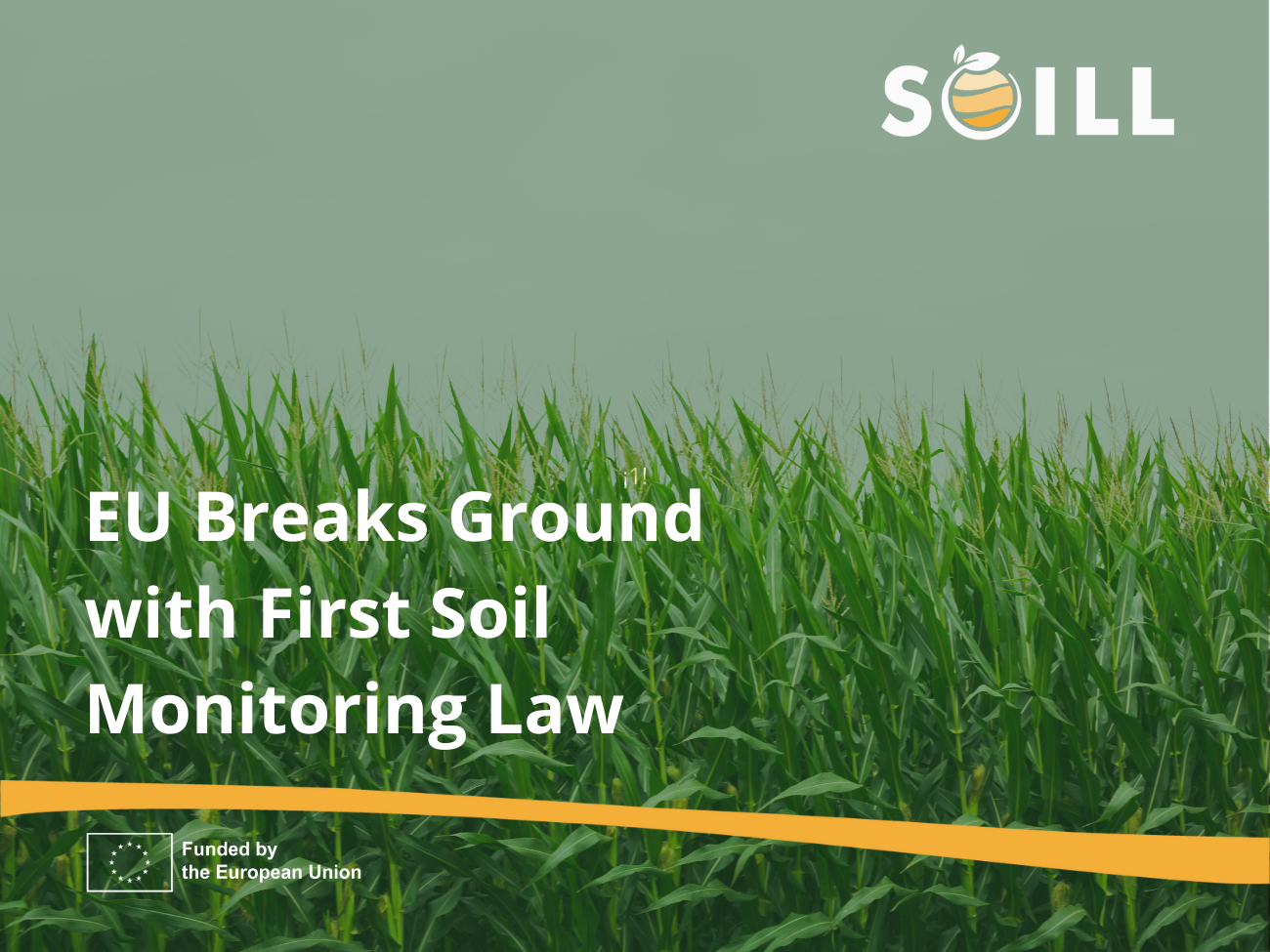
The European Union just took a major step towards healthier soil by approving a new Soil Monitoring Law. This law, while still needing finalisation through negotiations with the European Parliament, establishes a framework for monitoring and improving soil health across the EU.
Soil is crucial for our planet, forming the base for most of the food we eat, harboring a quarter of the world's biodiversity, and acting as a giant carbon store. Unfortunately, over 60% of EU soil is in poor condition. The new law aims to reverse this trend by 2050.
Monitoring and Assessment
The law will require EU member states to monitor and assess soil health within their borders. This will be done using a common methodology but with some flexibility for member states to incorporate existing data. The data will be used to create target values for healthy soil and identify areas needing improvement.
Member states will also be responsible for defining sustainable soil management practices and identifying potentially contaminated sites. The EU will provide guiding principles for these practices but allow flexibility in implementation based on local circumstances. For contaminated sites, a risk-based approach will be used to prioritise clean-up efforts.
Implications and Reactions
This new law is a significant development for soil health in the EU. While some environmental groups are concerned about the level of flexibility given to member states, others welcome the focus on practical measures. The upcoming negotiations between the Council and the Parliament will determine the final shape of the law.